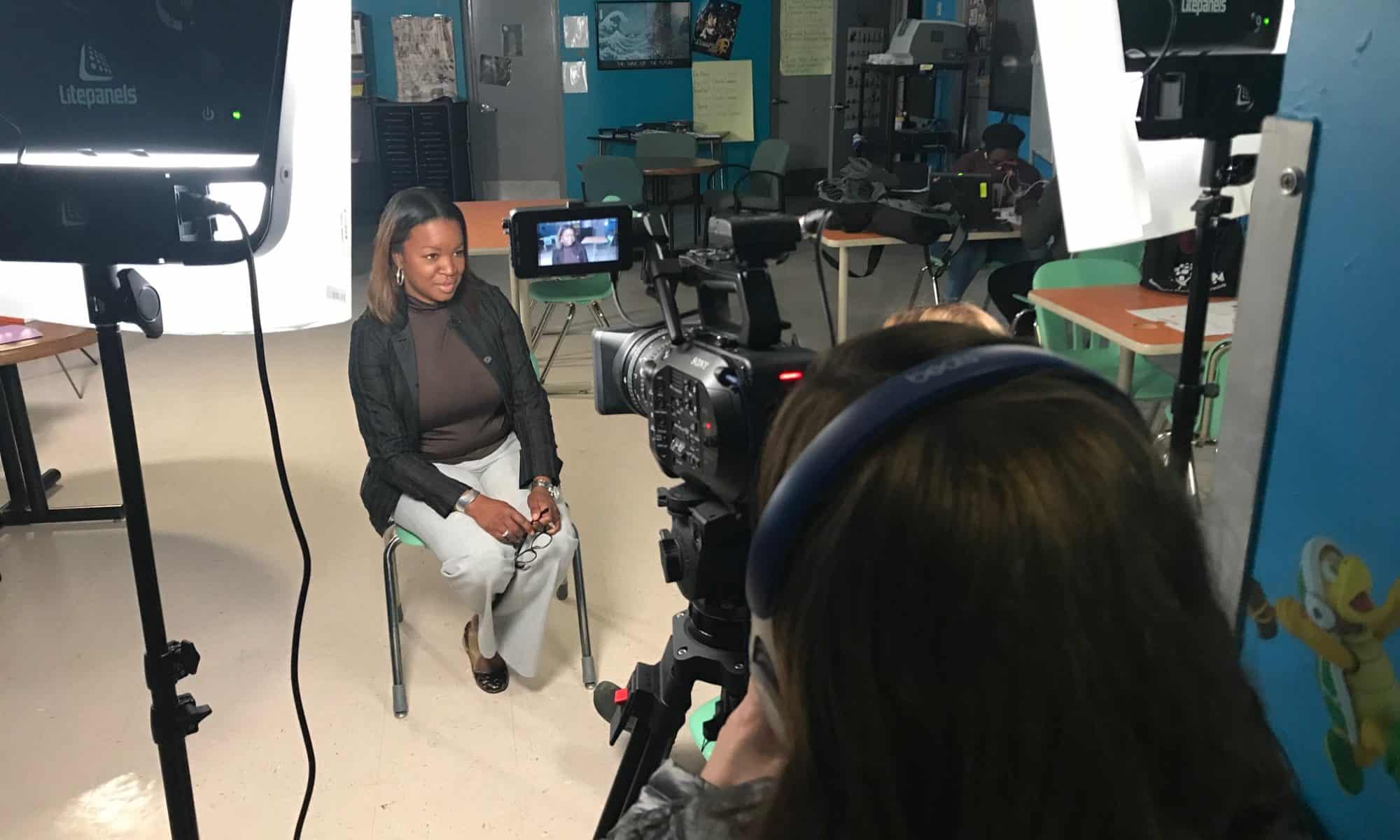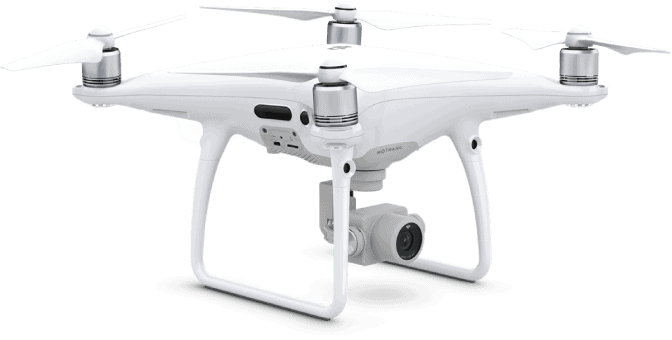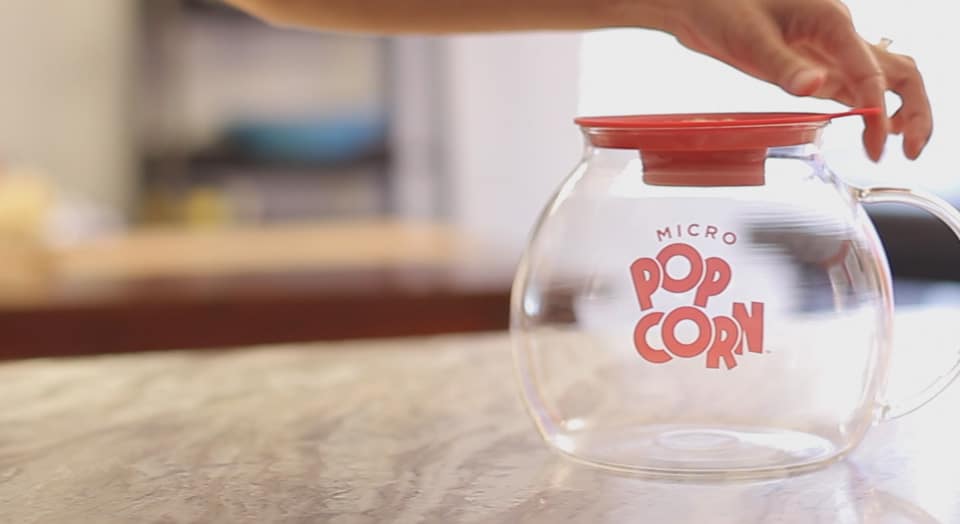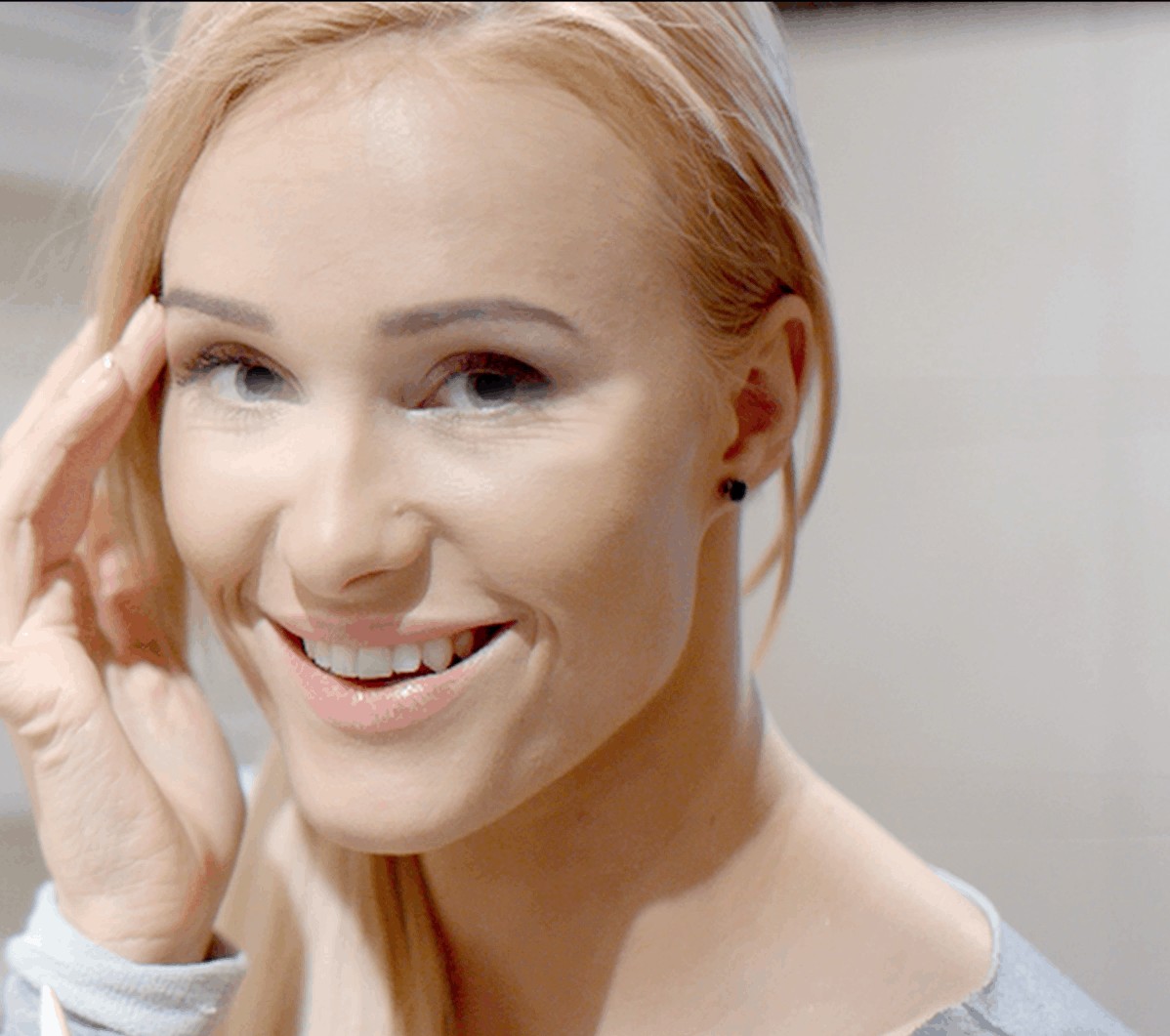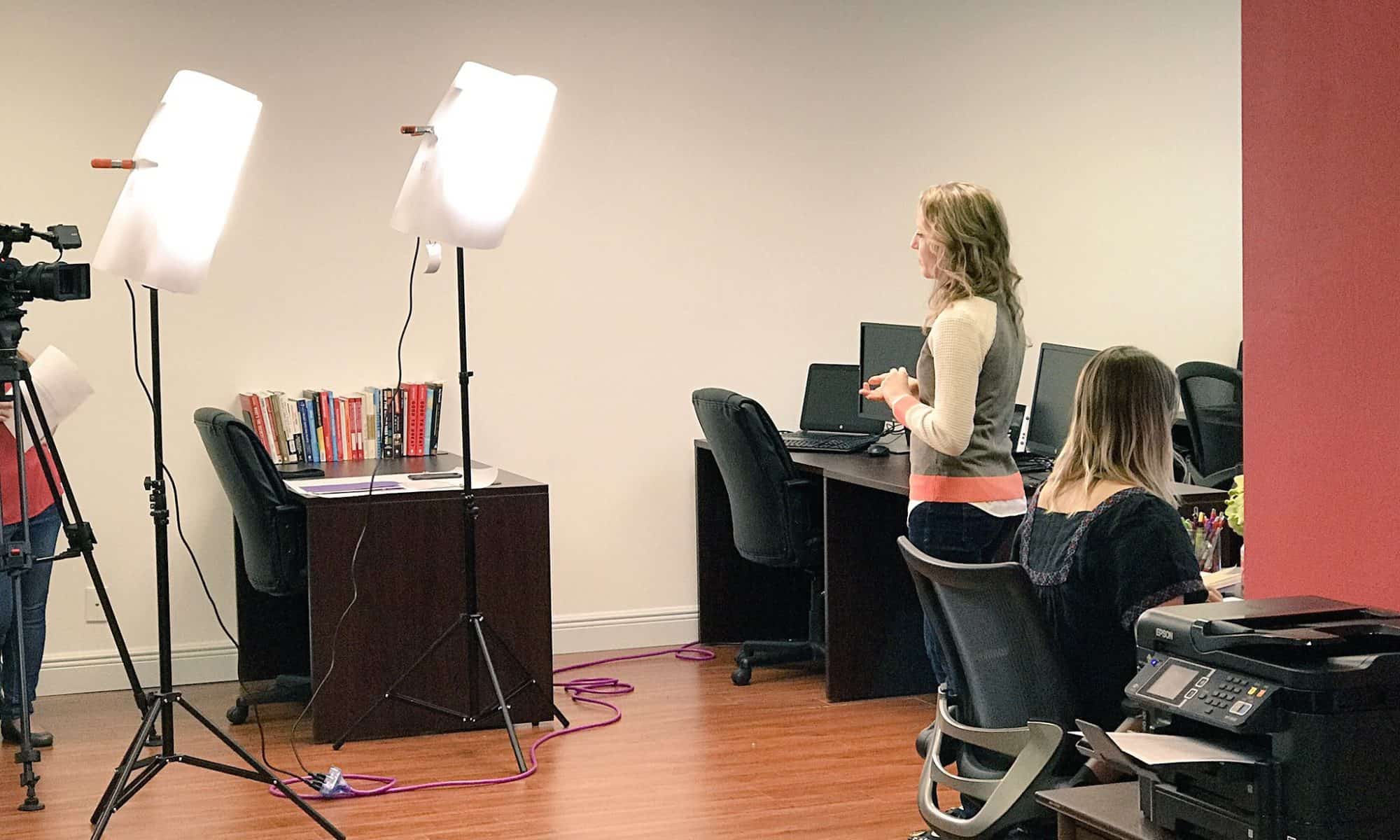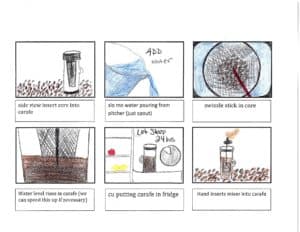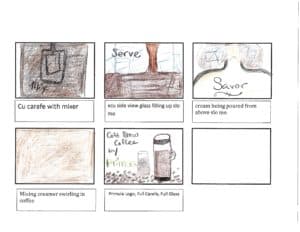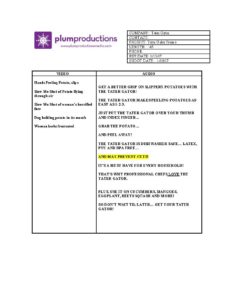You’ve heard it before, whether from your web developer or from a marketer… “You need video for your website.” While it’s true, video helps, video isn’t always the only answer. BUT, if done correctly, video can be the difference maker in standing out in a crowd of competitors. Let’s dig into a few stats and reasons why this is so.
First, think about the last time you purchased something online. Did the product page have information about the product? Of course it did.┬á Did the product page have photos of the product? Most likely. If the page didn’t have photos, would you have purchased the item? Most people we ask say they would not purchase an item online that didn’t have a photo to see the product. Did the product page contain a video? If it did, do you remember the video? Do you remember what or how they educated you on the product? Did they show you how to set it up, highlight certain features, or show it being used? Most likely, if the product page had a video and you connected with the product and video, you purchased the product.
Therein lies the effectiveness in video.
The video was effective in helping you process and retain information about the product so you can make better decisions. In fact, it has been shown that people are somewhere between 65% and 85% more likely to purchase a product after viewing a video than having not viewed a video about a product or service.
According to Eyeview, a video marketing agency, by including a video on the landing page, conversion increases by 80%. Even Hubspot Blog Post states that “54% of consumers want to see videos from brands they support in comparison to email newsletters (46%) and social media images (41%).”
Common Types of Video (and we have done all of these):
- Product Demo videos showing how to use the product, how to set up the product, or just why you should buy the product.
- How-To videos
- Testimonial videos … who better than your clients to tell potential customers why you’re awesome!
- Explainer videos that show the viewer why they need your product or service and what you can do for them.
- Expert Interviews
- Event Videos
- …the list can go on and on.
Now you know why it’s important, how does it help you become a disruptor? Great question. One of the things we hear is that after creating the video and posting it (or several), they become viewed as an expert in their field. Our clients know a lot about their subject and can demonstrate that with authority on a video. Viewers can feel and sense this experience when watching. When they do, the viewer will feel confident in calling or buying.
Being a disruptor means you have to do more than know your subject matter. Being a disruptor means you have been doing what you’re doing for so long (or with enough outside experiences) to see an opportunity in the marketplace. Imagine that you have been doing your job for 15 years, you know it inside and out, and realize there is a gap in services or processes that might be taken advantage of. Imagine the expert talking about how to use this opportunity to help the consumer. Bam! Disruption begins. The person on camera suddenly becomes a person to be reckoned with.
The next time you see an opportunity in the marketplace that you can solve or fix, this might be the time to create a video and highlight your strengths! Let us know if we can help in any way.



